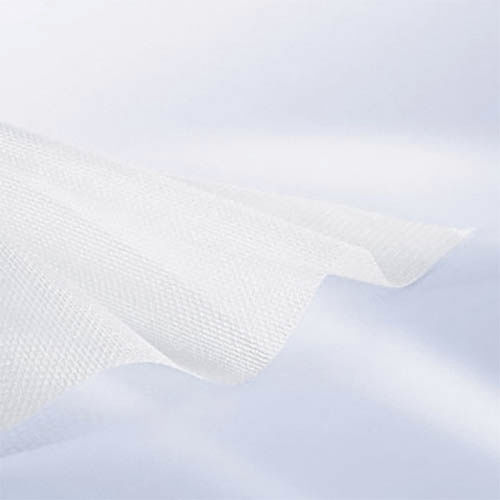
- Company
- Products
- Catalogs
- News & Trends
- Exhibitions
Abdominal hernia prosthesis Safil® Mesh
Add to favorites
Compare this product
Characteristics
- Hernia type
- abdominal
Description
Safil® Mesh
Absorbable mesh for temporary wound and organ support
Safil® Mesh is a warp-knitted mesh made of polyglycolic acid. During the wound healing phase the porous structure increases the mechanical load capacity of the supported tissue. Safil® Mesh offers a strong support with a high tensile strength.[4] Due to the absorption of the material after 60 to 90 days the risk of late secondary infections is low. [3]
Advantages
- Very elastic and pliable mesh [2]
- Total absorption after 60 – 90 days [1]
- Porous mesh structure enhances tissue ingrowth and allows body fluids to pass through [3]
- Homogeneous elongation in horizontal and vertical direction [2]
- Strong support with a high tensile strength [4]
- Reduced foreign body material helps to minimize tissue reaction [3,5]
- Low risk of late secondary infections due to the degradation of the material [3]
[1] de Araújo UR, Czeczko NG, Ribas-Filho JM, Malafaia O, Budel VM, Balderrama CM, Zimmermann E, et al. Intraperitoneal meshes in the repair of abdominal wall defects: comparison of polyester with collagen versus polypropylene with polyglycolic acid. Rev Col Bras Cir. 2009;36(3):241-9.
[2] STA-02-MSH-01-R18 (based on pre-clinical in vitro studies).
[3] Covance report Nr. 2052-001 (based in pre-clinical in-vivo studies).
[4] Report Ka-520 (based on pre-clinical in-vivo studies).
[5] Kalaba S, Gerhard E, Winder JS, Pauli EM, Haluck RS, Yang J. Design strategies and applications of biomaterials and devices forHernia repair. Bioact Mater.
2016;1(1):2-17.
Catalogs
No catalogs are available for this product.
See all of Aesculap®‘s catalogsRelated Searches
- Human chisel
- B Braun retractor
- Surgical scissors
- B Braun surgical stapler
- B Braun endoscopy forceps
- Monopolar electrode
- RF electrode
- Disposable surgical stapler
- B Braun electrosurgical forceps
- Disposable tweezers
- Cutting surgical stapler
- B Braun suture thread
- Bipolar forceps
- Linear surgical stapler
- Laparoscopy forceps
- Trocar
- Laparoscopic trocar
- Trocar with sleeve
- Endoscopy electrode
- B Braun general surgery suture thread
*Prices are pre-tax. They exclude delivery charges and customs duties and do not include additional charges for installation or activation options. Prices are indicative only and may vary by country, with changes to the cost of raw materials and exchange rates.

